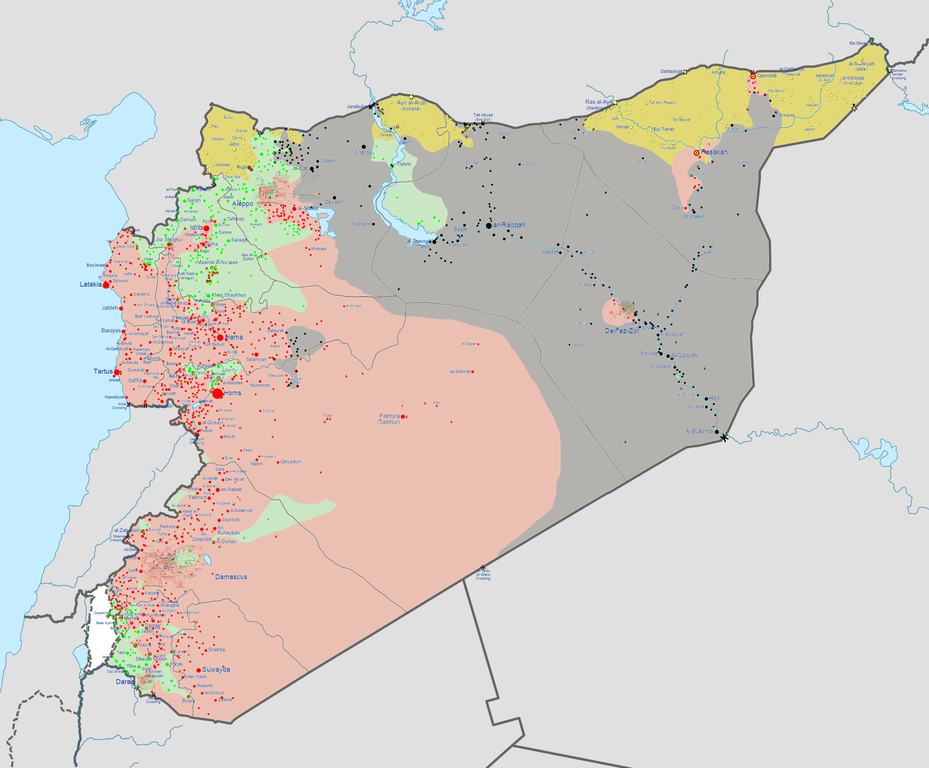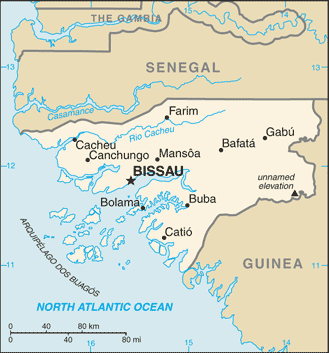Even as we learn more about the planned arming and training of the mythical moderate rebels in Syria, there is little reason to think the proposal is realistic or executable. Here are the details we know so far, from The Los Angeles Times’ account of the public statements to Congress on the U.S. plan for countering ISIS in Syria:
In a further sign of a measured approach, Gen. Martin Dempsey, the chairman of the Joint Chiefs, outlined a narrow mission for the prospective Syrian force, saying the lightly armed fighters might be assigned to recapture and police Syria’s now-open eastern border to prevent militants from crossing into Iraq. “If we can restore the border, it goes a long way to putting pressure on [Islamic State] that will lead to its ultimate defeat,” Dempsey told reporters traveling with him in Paris. He called the border a “sieve.”
On the one hand, this is actually the first mildly encouraging thing I’ve heard about this vague and probably impossible “arm the rebels” plan. Why? In terms of feasibility, reliability, and geography, the only available rebel fighters to patrol the eastern border are probably going to have to be Syrian Kurds. Among all possible groups to arm and train for guerrilla rebellion, this is still not ideal but is way better than most of the competing options, given our close relationship to the Kurdish forces and leaders in Iraq. (Meanwhile, though, our NATO ally Turkey is going to be sitting there hand-wringing internally about whether the United States should be arming and training a Kurdish insurgency.) But it’s unclear to me why Arab states would suddenly help with training, as discussed below, if they are in fact Kurdish rebels not Sunni Arab rebels, so that probably means I’m even giving this plan too much credit…
On the other hand, all the actual details of this plan we’ve heard still make close to no sense and aren’t likely to make any impact on the situation any time soon.
Dempsey told the committee it would take three to five months to recruit and screen Syrian fighters for extremist ties, and eight to 12 months to prepare them for battle. He said they would require independent Syrian commanders, not Americans, and that he hoped special operations troops from Jordan or another Arab state would assist them.
It’s now September 2014. Best case scenario these guys are in the field in eastern Syria by August 2015. Best case. In western Syria, the rebel base city of Aleppo will almost certainly have fallen to the government by then (barring a direct U.S. offensive against Assad), ending the western rebellion and collapsing the non-ISIS opposition to the regime. So these newly trained rebels certainly won’t be providing substantive help to the resistance in Syria in time to turn the tide.
The training will occur in Saudi Arabia and another Arab nation, reportedly Qatar.
They’re going to be trained in Qatar? Given Qatar’s recent record, with or without “screening,” we might as well send these rebels to The Islamist Terror Networks & Logistics Training Academy to get their associate’s degree in kidnap and ransom.
The final detail that struck me as deeply unrealistic was this: Read more





